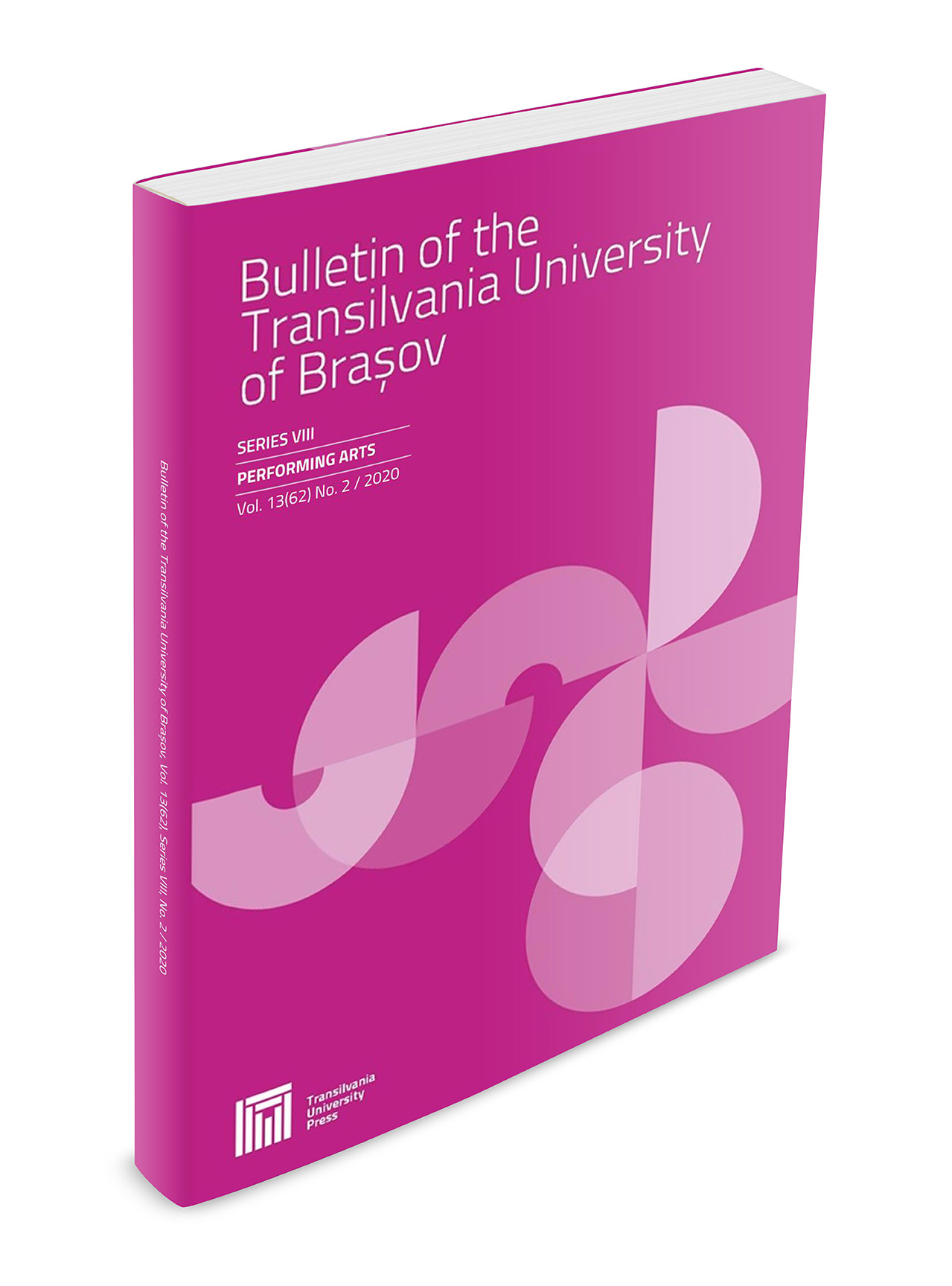Moments from the Romanian history of musical education in schools
Keywords:
teaching, text book, curriculum, reformsAbstract
Romanian musical education has drawn its sap from the beginnings and has grown strong starting from the Byzantine music, the first ecclesial personalities being attested by the history of the Romanian music in the 4th century, due to the activity of Sava from Buzau and of Niceta of Remesiana. As the religious life on the Romanian territory grows more organized and consolidated, Byzantine-type musical education flourishes tremendously in the Romanian Countries, going from the stages of learning the religious songs by listening, to learning based on the neumatic Byzantine semiography, and then to the reading and assimilation of music using textbooks and curricula (14th-18th centuries). The laicization and generalization of education bring a new impetus to Romanian education, consolidated later on by a series of specific laws making it possible to harmonize it with European education. The curricular reform of the year 1997 took huge steps towards the compatibilization of Romanian education with the European one, and the 'Bologna Process' to which Romania adhered as well has made it possible to create a European Higher Education Area (E.H.E.A.), permitting international cooperation and academic community exchanges. Without aiming to present all the details of the topic under discussion, we will present the most important moments of Romanian musical education, highlighting the diachronic and synchronic events that have contributed to the delineation and crystallization of Romanian education.Downloads
Published
Issue
Section
License
Copyright (c) 2015 Bulletin of the Transilvania University of Braşov. Series VIII: Performing Arts

This work is licensed under a Creative Commons Attribution 4.0 International License.




